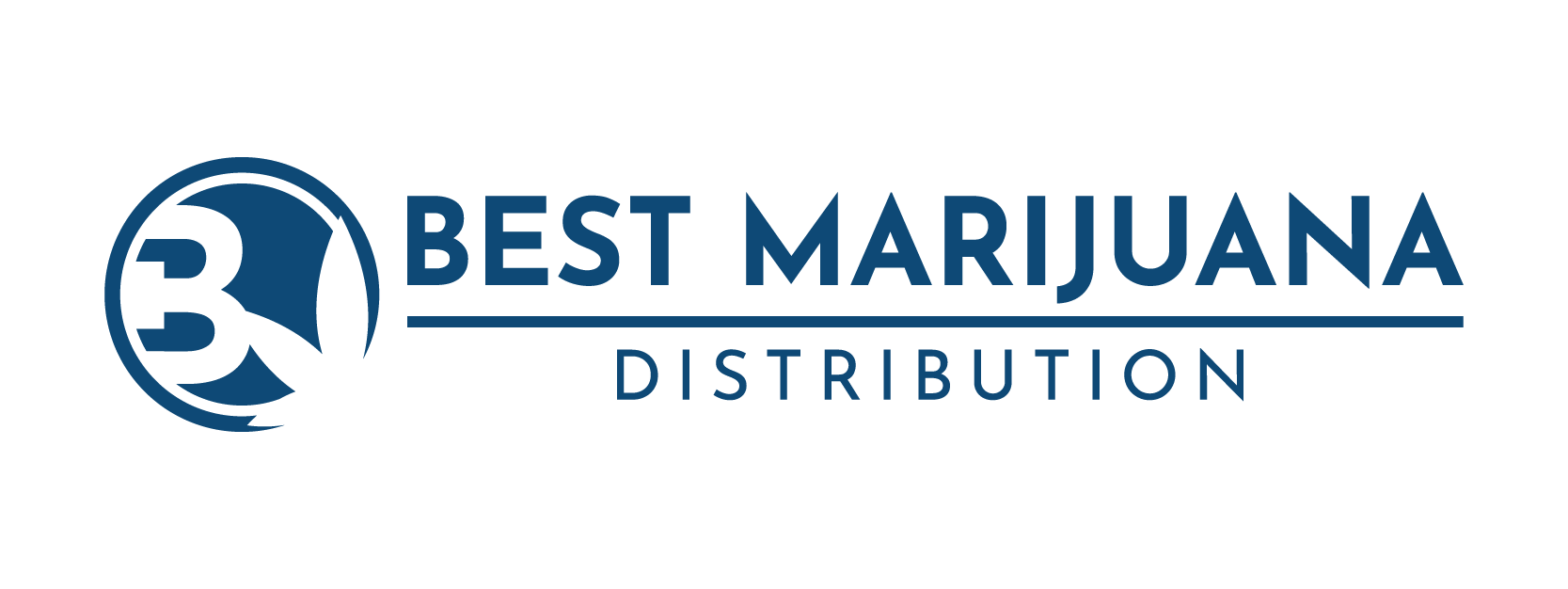The cannabis industry operates within a complex regulatory framework, particularly concerning packaging requirements. These regulations, while essential for consumer safety and product integrity, significantly influence the supply chain dynamics of marijuana businesses.
Regulatory Landscape and Its Implications
Cannabis packaging regulations vary across states, often mandating features such as child-resistant closures, tamper-evident seals, opaque materials, and specific labeling requirements. For instance, packaging for cannabis-infused edibles must be functional, protective, opaque, portioned, tamper-evident, child-resistant, and unattractive to minors. These stringent requirements necessitate meticulous planning and coordination across the supply chain, from manufacturers to retailers.
Supply Chain Challenges
The diverse and evolving nature of packaging regulations presents several challenges:
- Compliance Complexity
Businesses must stay abreast of varying state regulations, which can differ significantly. This complexity requires robust compliance strategies to ensure that packaging meets all legal requirements. - Operational Disruptions
Delays in obtaining compliant packaging materials can halt production and distribution, leading to inventory shortages and potential financial losses. - Inventory Management
Non-compliant products may need to be destroyed. This was evident in California, where dispensaries were forced to dispose of an estimated $350 million worth of products that failed to meet updated packaging standards.
Strategies for Mitigation
To navigate these challenges, cannabis businesses can adopt several key strategies:
- Regular Audits
Conducting routine audits of packaging processes helps identify compliance gaps and areas for improvement, reducing the risk of regulatory violations. - Quality Control
Implementing robust quality control measures ensures packaging consistently meets standards and maintains product integrity throughout distribution. - Sustainable Practices
Adopting eco-friendly packaging solutions, such as biodegradable materials or options made from hemp or recycled plastics, not only meets many state guidelines but also resonates with environmentally conscious consumers. - Local Sourcing
Partnering with local packaging suppliers can reduce shipping lead times and help mitigate the risk of delays caused by global supply chain interruptions. This localized approach can also support compliance with region-specific packaging laws more easily.
To Wrap Up
Marijuana packaging regulations play a critical role in ensuring consumer safety and protecting public health. However, they also introduce a range of operational challenges for cannabis supply chains. From sourcing compliant materials to navigating regulatory inconsistencies across state lines, distribution networks must remain agile and informed. By investing in compliance management, sustainability, and local partnerships, cannabis businesses can better align their operations with regulatory demands and ensure product flow remains uninterrupted from cultivation to consumer.
